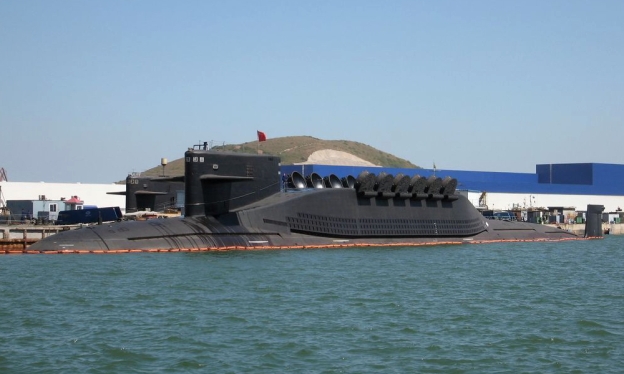Based on United States Report released in 2020 “Military and Security Developments Involving the People’s Republic of China” by the Secretary of Defense, China’s progress in upgrading its strategic bombers to carry nuclear payloads puts it on the cusp of achieving a “triad” of delivery systems ((1) land-launched nuclear missiles, (2) nuclear-armed submarines, and (3) aircraft delivered nuclear bombs). The development of a nuclear triad raises the long-term stakes in the complex relationship between Beijing and Washington. …The heavy emphasis on China’s nuclear improvements will probably be used by the Pentagon to press lawmakers and the public to support the massive reinvestment already underway in modernized nuclear weapons. This includes the B-21 bomber, an $85 billion Ground Based Strategic Deterrent ICBM program and the $128 billion Columbia-class ballistic missile submarine.
China’s defense ministry denounced the report as a document created with a “zero-sum-game mindset and Cold War mentality,” saying that the U.S. had “misinterpreted” the country’s nuclear policy and stirred up confrontation with Taiwan. “It’s extremely wrong and China firmly rejects it.” As part of President Xi Jinping’s efforts to build a “world class” military by 2049, the Defense Department report said the People’s Liberation Army has already achieved parity with or exceeded the U.S. in at least three key areas: shipbuilding, land-based conventional ballistic and cruise missiles and integrated air defense systems.
While the country has one overseas military base, in the East African nation of Djibouti, China’s government “is very likely already considering and planning for additional overseas military logistics facilities to support naval, air and ground forces…”. China’s current nuclear arsenal includes 100 silo or road-mobile intercontinental ballistic missiles, as many as six Jin-class nuclear missile submarines capable of carrying 12 missiles each and a new air-refuelable H-6N long-range bomber. The bomber is an upgrade on a previous model and comes with a modified fuselage “that allows it to carry either a drone or an air-launched ballistic missile that may be nuclear-capable.
Excerpts from Anthony Capaccio, Pentagon Warns China Is Nearing a Milestone in Nuclear Weapons Buildup, Bloomberg, Sept. 1, 2020
China denounced the Pentagon report. According to Xinhua, the Pentagon report is crowded with anti-China hogwash. Fear-mongering over China has always been the Pentagon’s trick to demand more appropriations from the U.S. Congress. A fabricated grave threat to world peace can also help Washington sell more weapons to its allies, and serves as an excuse for America’s pursuit of global domination…While Washington is selling its latest “China-scare” fiction to the world, it is hard to overlook such facts that the United States spent more on military than 144 countries combined in 2018 and maintains nearly 800 military bases in over 70 countries.
Excerpt from Commentary: Lies, conspiracies behind Pentagon’s China military report, Xinhua, Sept. 5, 2020



